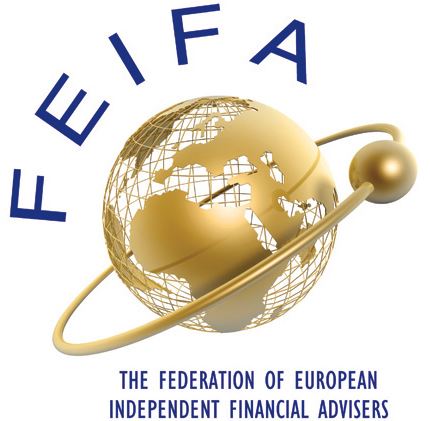Originally launched by the UK Government as the Post Office Savings Bank in 1861, it provided the opportunity for the public to save and as a facility to fund the government’s deficit. To encourage post war saving in 1956, Premium Savings Bonds were introduced, but it was not without some political and religious opposition. Despite the resistance, NS&I has since evolved into one the largest savings organisations in the UK and has approximately 25 million customers and more than £179 billion invested.
The UK’s faithful public have twice previously been asked to fund the country’s war time efforts and it was with Great British patriotism and fortitude that those calls were answered. Fast forward 75 years and with the technological capability to answer a call anywhere on the globe, the call has once again been made. This time however, the battle is against an invisible threat and one has to question whether or not the British public have the motivation to answer, considering the nearly invisible returns NS&I are offering as of 24 November.
It was only 12 years ago that a NS&I Direct ISA was offering 5.3% aer (tax free) and NS&I Income bonds were offering 4.8% aer (taxable), but as of 24 November, these will plummet to just 0.1% and 0.01% respectively. To put that into perspective, a £10 000 investment into a NS&I Income Bond could nett you just 60 pence after 12 months. However, if you haven’t yet used up all of your annual allowance, you can expect to receive an impressive 1 Great British Pound for your £10 000 investment.
Whilst investing with NS&I would usually be considered as a risk free “investment”, one has to be cognisant of the fact that first world governments have recently defaulted on their repayments. One also has to resign themselves to the fact that at the average UK inflation rate of 1.79%, your £10 000 investment would be reduced to just £9821.98 over 12 months which is only marginally better than if it was stuffed under your pillow – somewhat uncomforting, if not uncomfortable.
The beloved Premium Bonds which initially managed to overcome such scepticism because of their resemblance to gambling haven’t escaped the proverbial chop. The odds of winning have been slashed from 1 in 24 500 to just 1 in 34 500 and over 1 million fewer prizes are set to be distributed in December as opposed to September. Adding coarse salt to the aforementioned wound, Premium Bond holders are not guaranteed any winnings nor do they reinvest any and thus miss out on the remarkable effects of compounding.
Many UK expats living in the likes of Spain are completely unaware that despite the paltry odds of winning, there is an additional slap in the face because all winnings are taxed as income. In contrast and with a cautious approach, if £10 000 was invested in a Spanish Compliant Investment Bond with an Investment Firm that can trace its heritage back to 1848, has £352 billion under management and has over 5 million clients, it would be worth approximately £10 480 after 12 months and thanks to compounding could be worth £12 640 after 5 years.
So, if you are willing to accept that past performance is not indicative of future results, you are probably in the same boat as many of those who declined the Governments call in favour for some real returns for some calculated risks. With such minuscule incentives from NS&I compounded by reduced odds, many are left asking NS & why?
The above article was kindly provided from the Blacktower Financial Management Group and originally posted at: https://www.blacktowerfm.com/news/774-cry,-the-beloved-ns-i
